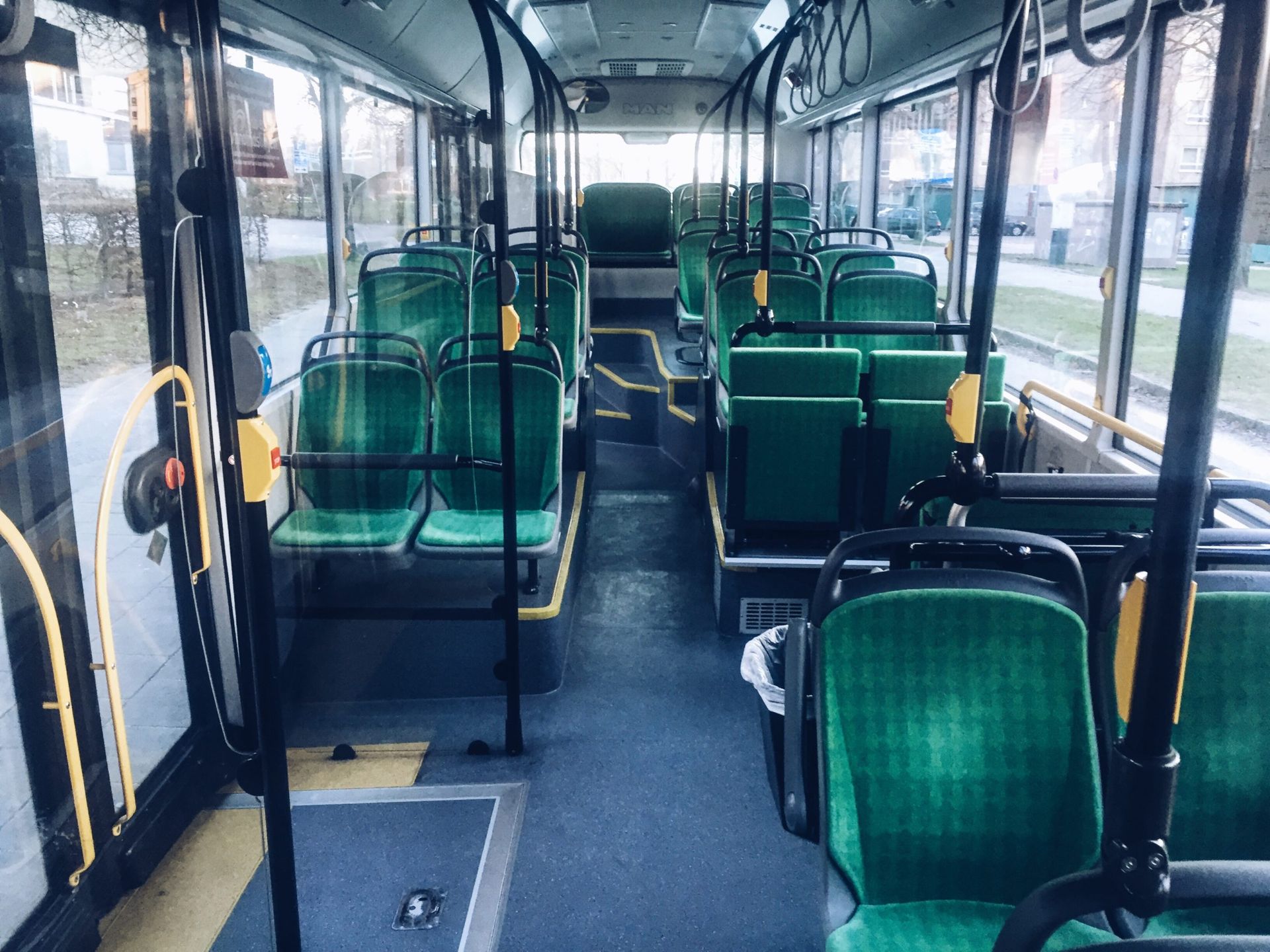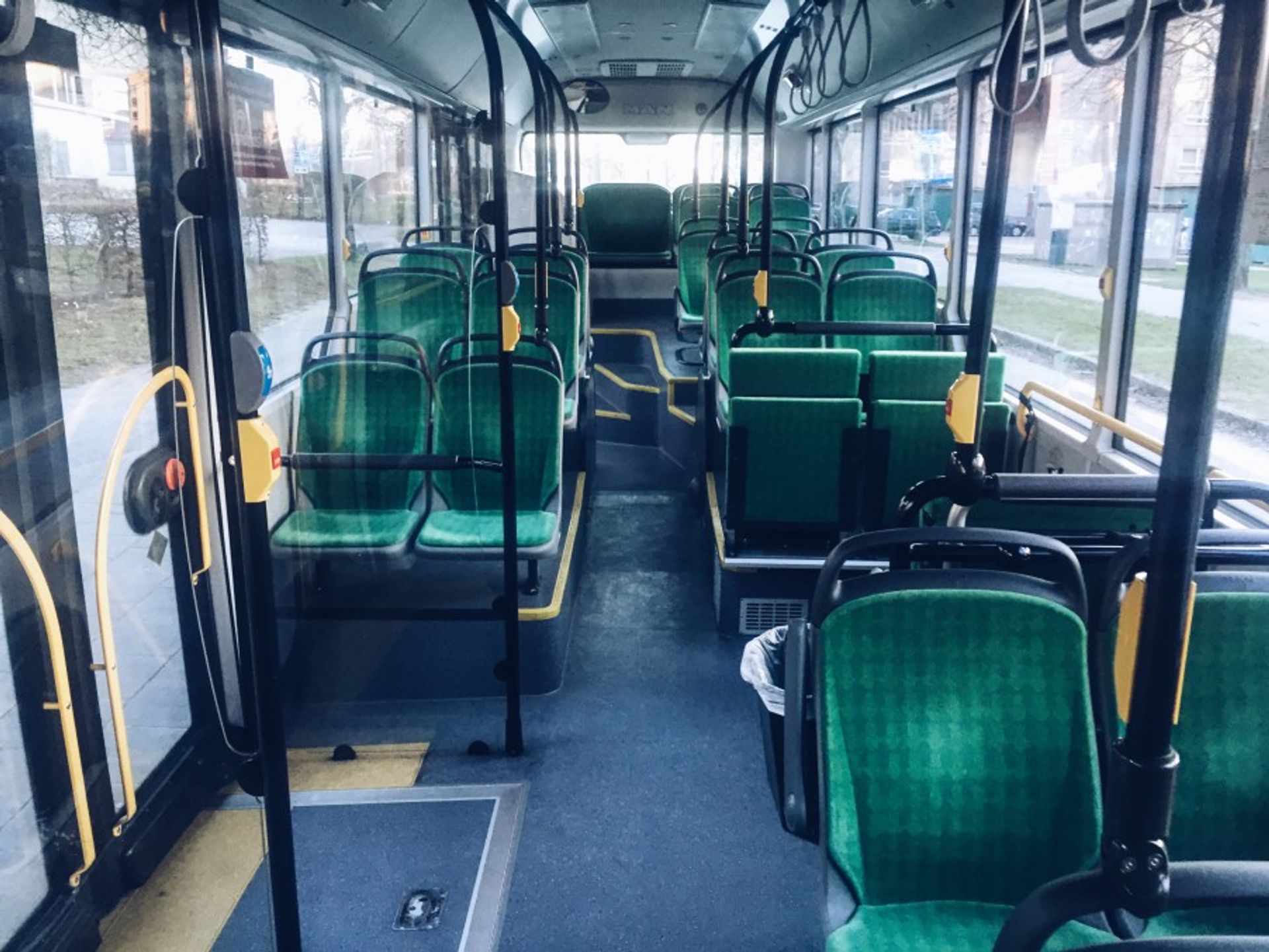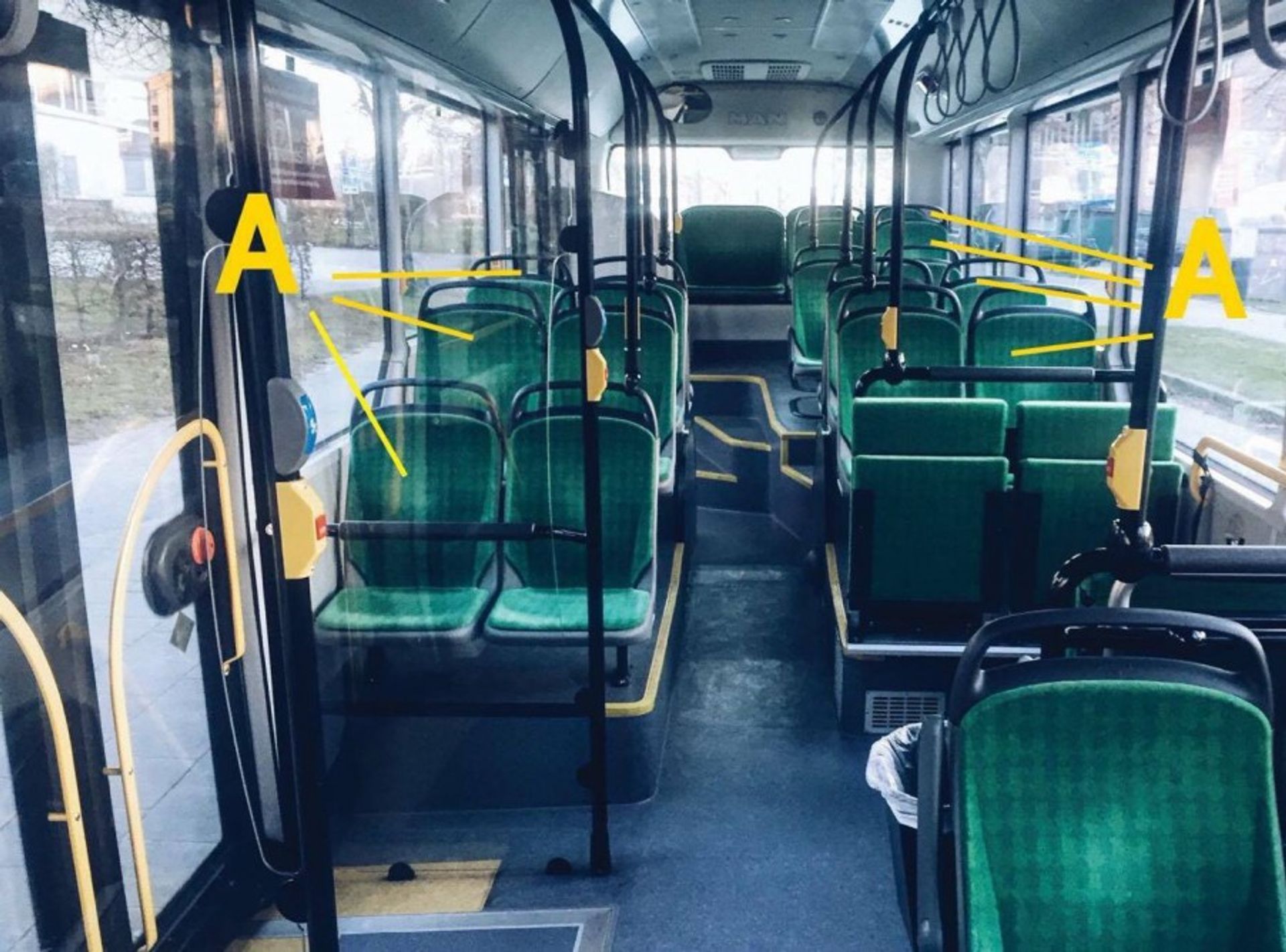
Written by Dena
15 Jan 2016
Even some of the keen cyclists choose to leave their bikes at home and take the bus/train/metro on their way to school when it’s freezing, snowy or icy outside. I don’t blame them – it is way too cold to walk as well. So, any method of public transportation is very welcome and people usually use it more in winter time (in towns like Lund especially, where you have a large corpus of cyclists).
Perhaps you’re new to Sweden. Perhaps you come from a culture where people are talkative even with strangers and perhaps you have no problem with strangers standing a little bit too close to you.
If so, welcome to Sweden. This blog post is for you, so start taking notes.
Without wishing to sound as if I am reiterating a stereotype, I feel like you need to hear this: Swedes worship their personal space and they are not very talkative in settings where they don’t know people. This applies to many spheres of life, but there is one I want to focus on right now – public transportation.
I’ve observed how this works for a year and a half now, and I can definitely say that I found a behavioural pattern.
Swedes, being very reserved, commute in a specific way. I will try to illustrate it below.
1. Waiting
You don’t just squeeze with everyone else while waiting for the bus. You stand at approximately arms-length from the next person. Or at least a considerable distance. Memes have been made about this:

And while it might not always be as extreme as the meme depicts it, it is no less true. Just keep your distance.
Raghu, August and I wait like this too! Gimmy shot a video of their visit to Lund ↗️ last year and here’s an excerpt:

2. Sitting
This one is interesting. Let’s say you enter a bus and see this:

You could just sit anywhere and you’ll be fine, right? Uhmm…. Here are some guidelines for starters:
A. There are seats designated for the elderly and they are usually in the front part of the bus. Unless you’re an elderly person, do yourself and everyone a favour and don’t sit there.
B. There are spaces designated for baby strollers, wheelchairs etc. Unless you use a stroller or a wheelchair, move along to the next part of the bus.
C. If there’s an empty seat next to you, do refrain from putting your bag on it – seats are for people!
D. Do free up your seat if you see a pregnant woman or an elderly person who has nowhere else to sit.
E. Unless completely necessary, do not make attempts of small-talk with the person next to you that you don’t know. Listen to music or read a book instead.
Now, where do you sit?
For the sake of practicality, I suggest you sit like this:

So, try to take any of the “A” seats. Most people will do the same until there are no more “A” seats and the other seats need to be used. It is smart to take the “A” seats because then you don’t have to get up/move when the bus is full and someone wants to reach the seat next to you. It is simply easier to sit there, if there is a free “A” spot. And ultimately, if you take the “A” seat you will be sitting alone at least for a portion of the ride.
This is actually how it works here! I like it – no muss, no fuss. 🙂
I stumbled upon a meme that depicts just this as well:

Lesson of the day: embrace the personal space bubble Swedes love so much. It’s quite awesome.





